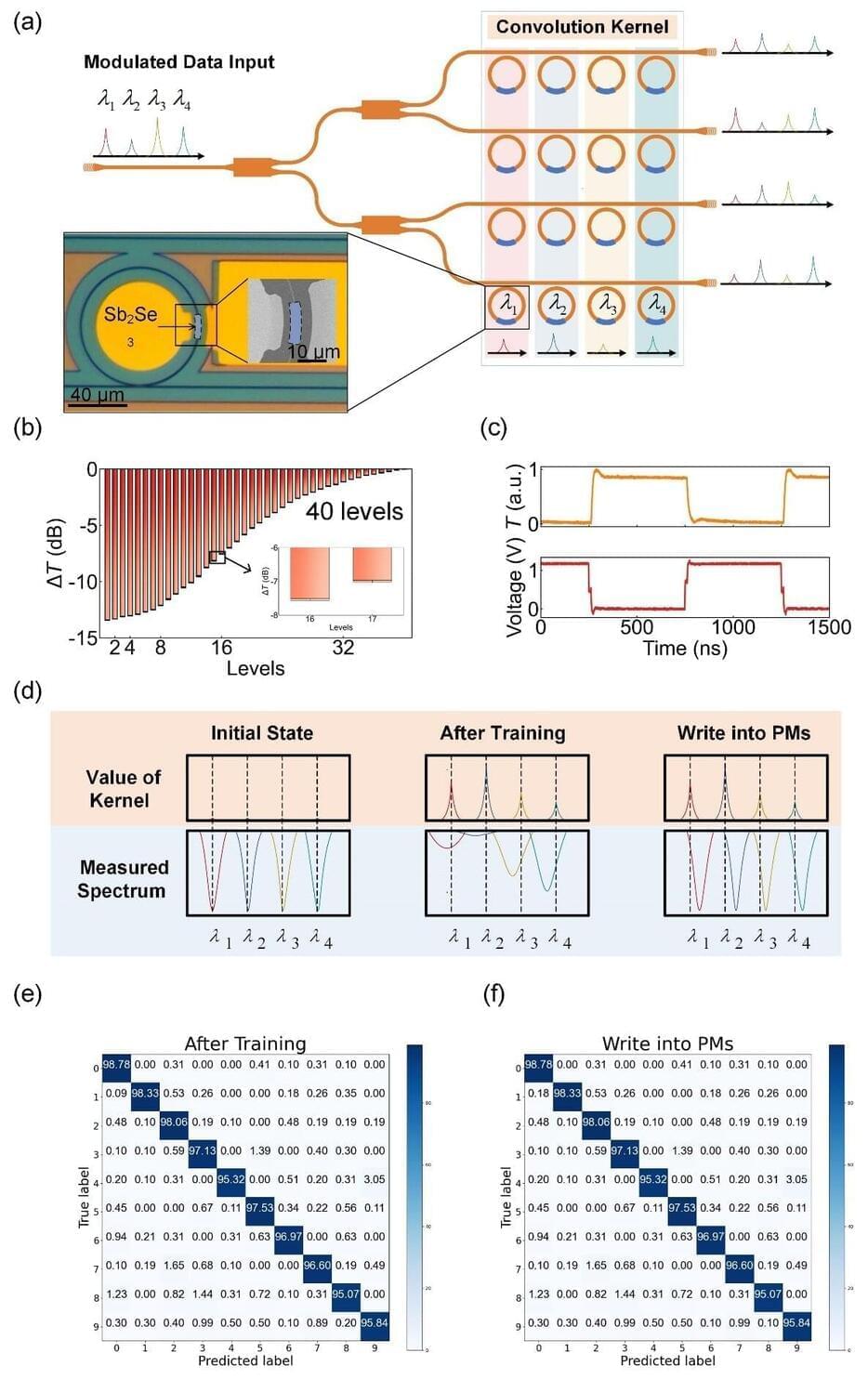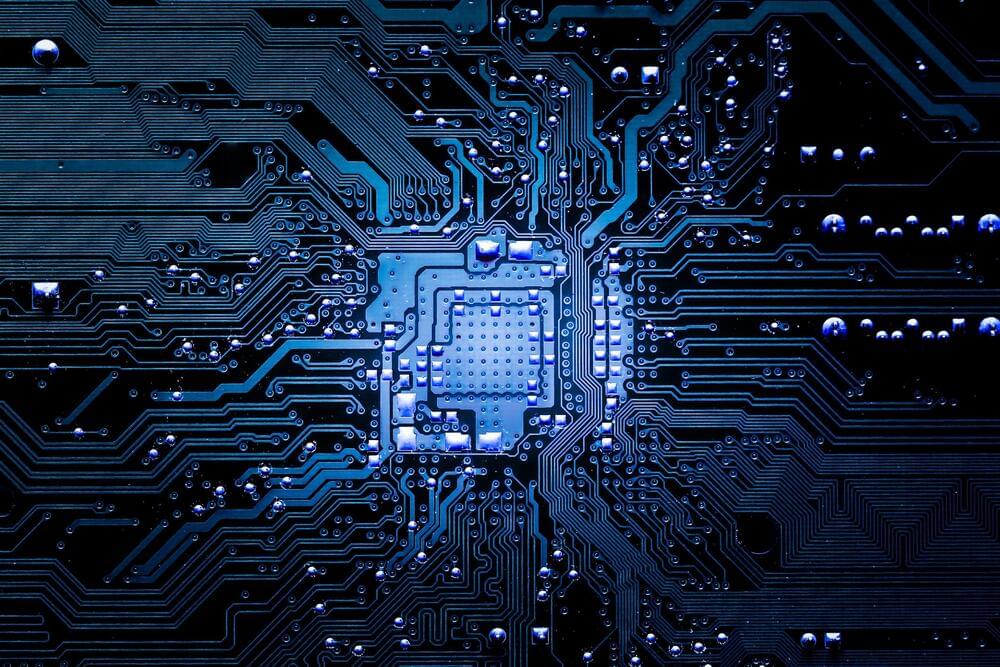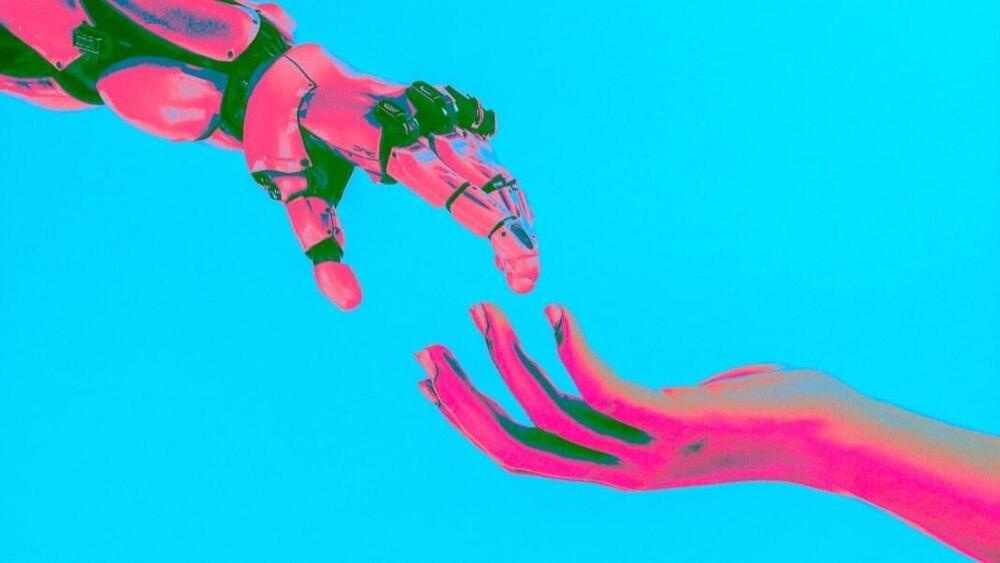Other commentators, though, were not convinced. Noam Chomsky, a professor of linguistics, dismissed ChatGPT as “hi-tech plagiarism”.
For years, I was relaxed about the prospect of AI’s impact on human existence and our environment. That’s because I always thought of it as a guide or adviser to humans. But the prospect of AIs taking decisions – exerting executive control – is another matter. And it’s one that is now being seriously entertained.
One of the key reasons we shouldn’t let AI have executive power is that it entirely lacks emotion, which is crucial for decision-making. Without emotion, empathy and a moral compass, you have created the perfect psychopath. The resulting system may be highly intelligent, but it will lack the human emotional core that enables it to measure the potentially devastating emotional consequences of an otherwise rational decision.







